Earlier this month, I posted an entry titled Analyzing the Results of the HairMax Laser Comb. The extensive email that I received (posted below) shows the great care that the HairMax folks went through to try to be objective. I do not doubt that objectivity was the intent, but upon reviewing the images that were presented, my counts came up differently than the counts of the researcher(s). I know how to count, and since densitometry was my invention (so to speak), I think that my expertise in counting hairs stands for itself. The conclusions of my previous writing still stand (see link above). Nothing written below changes that. The scientific study was put together properly, but it failed on the simplest level, counting hairs. All is wasted if the counts (which our readership can do) failed to be what the researchers counted. I will present the impressive piece written by David Michaels of Lexington International (makers of HairMax LaserComb), because it is fair to do so. Remember, there is no substitute for good marketing, but the success of a product should not infer that the product does as represented, nor does it make counting numbers different than what they are.
Greetings Dr. Rassman,
Firstly, I would like to thank you for taking interest in low-level laser therapy and fielding questions on your blog about our device, the “HairMax LaserComb.” Open discussions like this one can only help to further the advancement of LLLT. I spoke to our chief medical advisor, Dr. Matt Leavitt, about your remarks regarding the LaserComb on your blog and Dr. Leavitt spoke very highly of your professionalism, commenting especially about your intellectual brilliance.
We reviewed your blog page that contains comments about our clinical study’s macro photos and we encourage you to post this message as a follow up to your comments.
We would like to outline some of the background about the clinical study we concluded.
Our experience with using low-level laser therapy for hair dates back to the mid-80’s in Sydney, Australia. Our founder operated a laser clinic where he successfully treated thousands of people. I was one of these laser patients and had significant results. We then worked closely together to develop a hand held laser device for the international market that can assist individuals suffering from problem hair. The HairMax LaserComb has been on the market for five years and is in use in over 74 countries.
In 2005, we concluded a clinical study protocol entitled “A RANDOMIZED, DOUBLE-BLIND CLINICAL TRIAL TO EVALUATE THE SAFETY AND EFFICACY OF THE HAIRMAX LASERCOMB FOR THE TREATMENT OF ANDROGENETIC ALOPECIA IN MALES”. The primary efficacy endpoint was: Change in terminal hair counts, which are non-vellus hairs, in the target region between baseline and endpoint, utilizing macro images.
This is our second clinical study; unfortunately, we had bad professional direction for our first study as it was only a single site without a control. Despite this, we used the results of this initial research as a pilot study to help develop our new protocol.
Our goal was to conduct this study scientifically and in accordance to Good Clinical Practices (GCP). We utilized four clinical research facilities, three of which participated in many of the Minoxidil studies. Each facility had a primary investigator with extensive experience in Androgenetic Alopecia. All study protocols were approved by an IRB. Professional independent site monitors were employed to verify all case report forms and data managers were used to ensure that all recorded data complied with the protocol and with all applicable section of 21 CFR as required by the FDA. A biostatistician was retained to independently analyze the resulting dataset.
The equipment in use was a Fuji S2 6 megapixel digital camera with a Canfield epilume attachment. The same location was photographed every time, marked by a tattoo and the hair counts, centered around this tattoo, are well documented using Canfield Mirror DPS 6.0 software which stores a image on each individual hair counted over the original macro image for verification.
While conducting our study, we sought to show that the HairMax LaserComb had an effect on the number of non-vellus hairs present on the scalp. In an effort to eliminate any potential bias, independent medical professionals were commissioned to perform the hair counts. These professionals were blinded to the treatment assignments thus removing any bias towards the subjects’ treatment. The data from these medical professionals was then monitored and sent directly to the data management team removing and potential for us to review the data or interact with it.
All terminal hairs were marked and registered in Canfield’s Mirror DPS software using a 19 inch computer monitor. They were evaluated and counted by two independent hair professional reviewers. We are sure you can appreciate that counting many hundred macro images is a laborious task and can be very tiring on the eye. For this reason, we ensured that all hair counts were not performed consecutively. The counts were split up over a reasonable period of time in an effort to eliminate any uncertainty introduced from reviewer fatigue. Although the reviewers may have missed one or two hairs, we are confident that our macro counts represent a fair and accurate assessment of our study.
Our macro images were carefully reviewed by numerous professionals including many of your peers; all have complemented us on our fair evaluation of the data and our methods used in the study. We are unaware of what standard Dr. Rollins and you used in reviewing these images and where the difference exists in our hair counts. However, all the hairs that were counted are marked and we consider these counts to be an objective evaluation.
We will be bringing our clinical images with us to the ISHRS conference in San Diego; we invite you and Dr. Rollins to further review our images up close and hopefully once you see the standard of the images and documented counts you may have a different assessment of our macro images.
Kind regards,
David Michaels, Managing Director
Lexington Int LLC
Developers and Manufacturers of the HairMax LaserComb
Tags: hairmax, lasercomb, laser comb, hair loss, hairloss, hair growth, photos, hair max, lexington


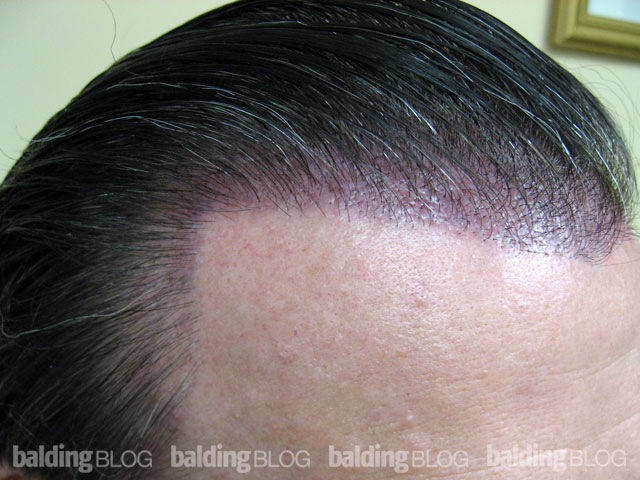
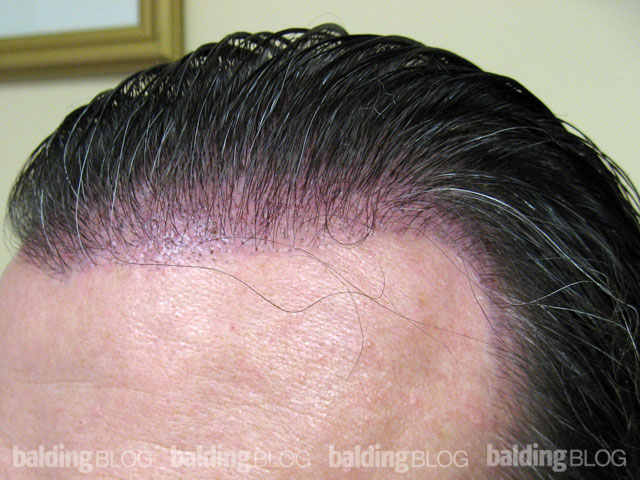
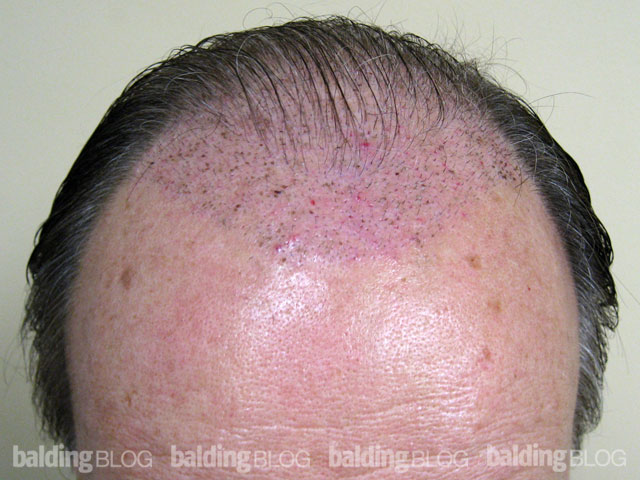
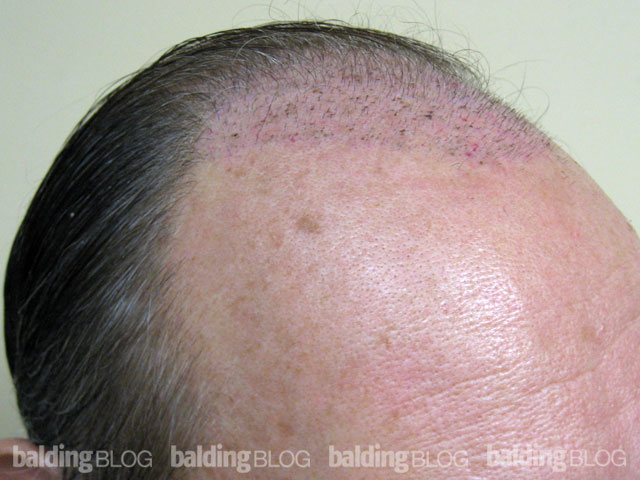
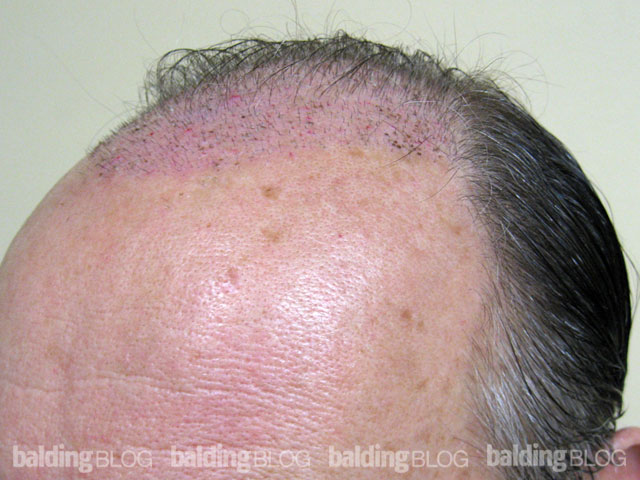
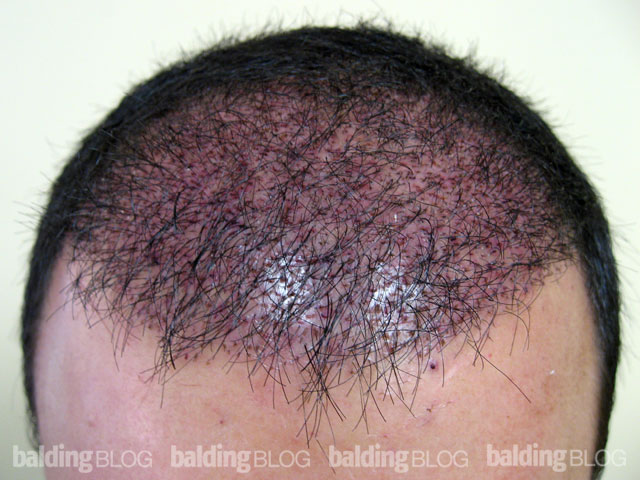
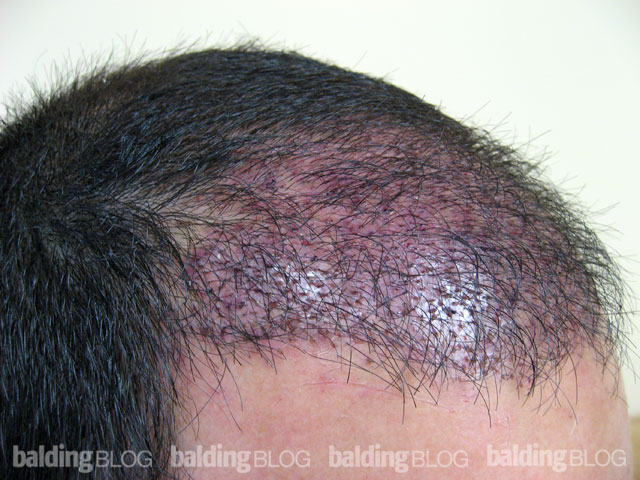
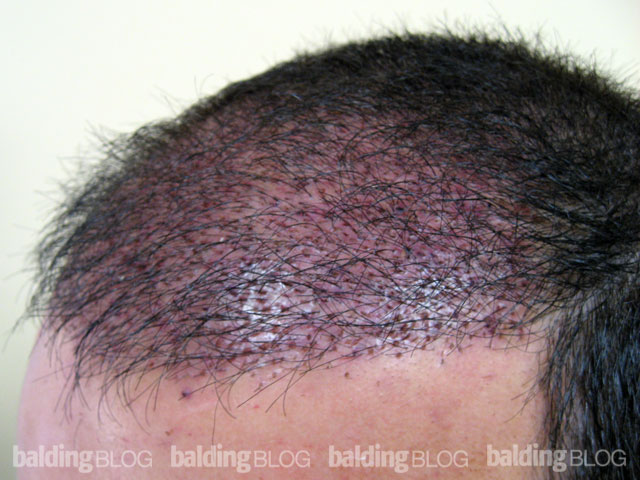
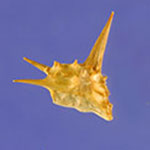 It is difficult for me, as a physician who understands the classic drugs, to comment upon such substances which are not reflected or reported in standard PDRs (Physician Desk References are used for full disclosures of all FDA approved drugs). Based upon what I read in
It is difficult for me, as a physician who understands the classic drugs, to comment upon such substances which are not reflected or reported in standard PDRs (Physician Desk References are used for full disclosures of all FDA approved drugs). Based upon what I read in